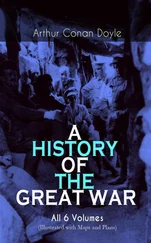
Kiev outskirts, 1941

After the fight in the Kiev boiler. In the background, for the dead soldiers – the Soviet tank BT-7

German armored and burning T-34-76. Ukraine, 1941

Hot August 13, 1941 Odessa leaves the last train echelon. The defense of a large Black Sea town is successful, but the Headquarters of the Commander-in-Chief decides on the evacuation of troops to the Crimea. The losses of the Soviet and allied German-Romanian troops are equal – 18 thousand people each
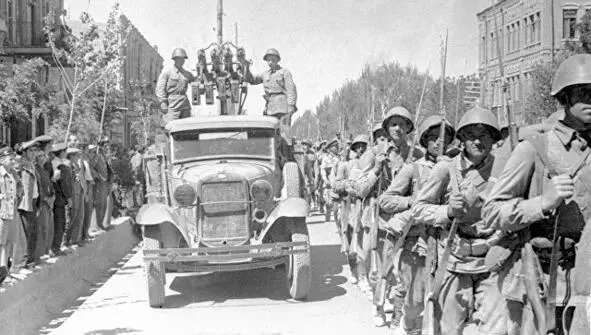
The Anglo-Soviet invasion of Iran (Operation Consent) will take place on August 25, 1941. Without declaring war, the forces of the British Empire attack the Shah’s army from the Persian Gulf. Soviet units invade Transcaucasia. The main strike force of the Red Army is a thousand T-26 tanks, the Caspian flotilla, the British – the fire of naval artillery and the Air Force. Major cities, including Tehran, are being bombarded. Hundreds of civilians die. The Iranian army is densely saturated with money, but it is even more corrupt. Iranian divisions lose control (senior officers tend to leave the battlefield), crumble, surrender. Some units intend to fight to the end. However, on August 29, the Shah gave the order to lay down their arms. In the photo – the Soviet military convoy enters the city of Tabriz.
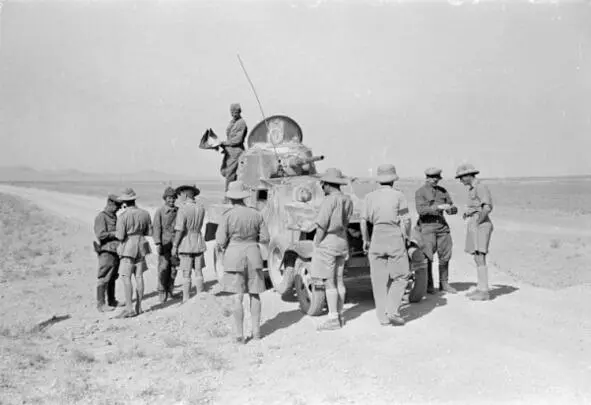
Already on September 17, the Red Army and British units occupy Tehran. A month later, having formed a loyal government (now no side unrelated to the Germans), the Allies leave the capital. The country is divided into Soviet and British zones of influence. According to the treaty, Iran is declared an ally of Britain and the USSR. The parties pledge to withdraw troops within six months after the cessation of all hostilities. This operation has a background. Great Britain is occupying Iraq. The course of action. May, 1941, landing of the expeditionary corps in Basra, air force strikes on airfields. The Germans are trying to come to the aid of the allies, but without the proper enthusiasm and scale. As a result, the British establish control over the oil fields, and in the future they get the opportunity to conduct a corridor for deliveries to the USSR. Photography – Soviet and British officers (in characteristic shorts and cork helmets) communicate near the armored car. Iran, August 1941
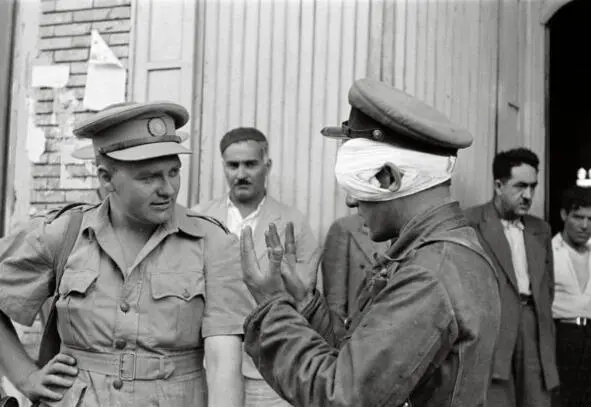
The loss of the parties in the Anglo-Iraq war. Britain – 1,200 people, 30 aircraft, Iraqis – 8,500 troops, 20 German, 4 Italian aircraft. Losses during the occupation of Iran: the USSR – 50 people irrevocably, 3 aircraft. Britain – 25 fighters, 8 aircraft. Iran – 800 soldiers, 300 civilians. The result of the operation «Consent» is unhindered delivery of more than 5 million tons of military cargo to the USSR. A small bonus – a significant part of the grain harvest in Northern Iran is being used by the army. But now, in the autumn of 1941, the capture of a considerable country of the East seems only a small drop of honey in a huge barrel of tar.Photography – British correspondent talks with a Soviet officer who was injured during the battle with Iranians
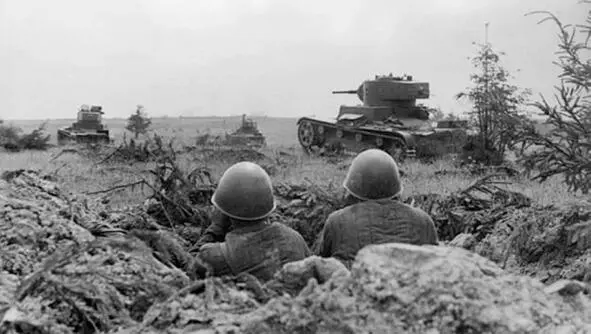
The defense of Soviet troops near Smolensk, 1941, July 10 – September 10. T-26 tanks in the background

The onset of the fascist German troops near Smolensk, autumn 1941. Infantry with all the tackle equipment, mortar gunners and the first T-4 tank releases
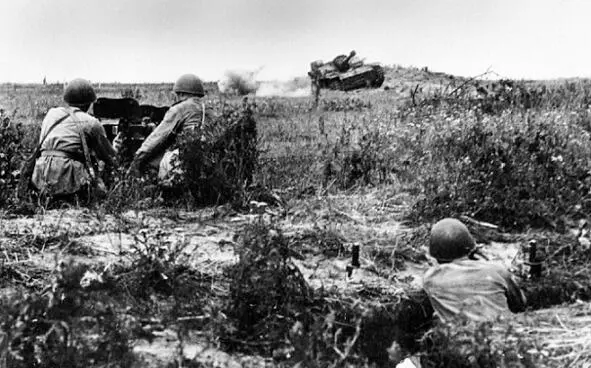
Soviet gunners with 45 mm. a cannon. The outskirts of Smolensk, autumn 1941. In the background – a padded German self-propelled gun
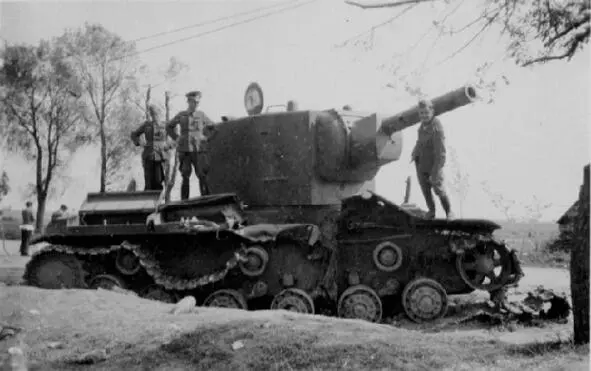
German military inspect the Soviet KV-2 tank with a broken chassis. Even without enemy shells, the overloaded KV-1 and KV-2 chassis often fail. Memories of German corporal Helmut Claussmann: «… Once in our division a soldier was shot, who wrote a defeat letter home in which he scolded Hitler. And after the war, I learned that during the war years, for such letters, several thousand soldiers and officers were shot! One of our officers was demoted to the rank and file for „defeatist talk“. Especially feared members of the NSDAP. They were considered informers, because they were very fanatically minded and could always submit a report to you on command. There were not very many of them, but they were almost always not trusted. Attitude to the local population, to the Russians, to the Belarusians was restrained and suspicious, but without hatred. We were told that we must defeat Stalin, that our enemy is Bolshevism. But, in general, the attitude towards the local population was correctly called „colonial.“ We looked at them in the 41st as a future labor force, as in the territory that would become our colonies. Ukrainians treated better. Because the Ukrainians greeted us very cordially. Almost like liberators. Ukrainian girls easily romances with the Germans. In Belarus and Russia, this was rare. There were contacts on the ordinary human level. In the North Caucasus, I was friends with the Azerbaijanis, who served as auxiliary volunteers (khivi). In addition to them in the division served Circassians and Georgians. They often cooked kebabs and other dishes of Caucasian cuisine. I still love this kitchen very much. From the beginning, they took a little. But after Stalingrad, every year they became more and more. And by the 44th year they were a separate large auxiliary unit in the regiment, but they were commanded by a German officer. We called them Schwarze for their eyes – black. They explained to us that it was necessary to them, as comrades, that they were our assistants. But a certain distrust of them, of course, remained. They were used only as providing soldiers …»
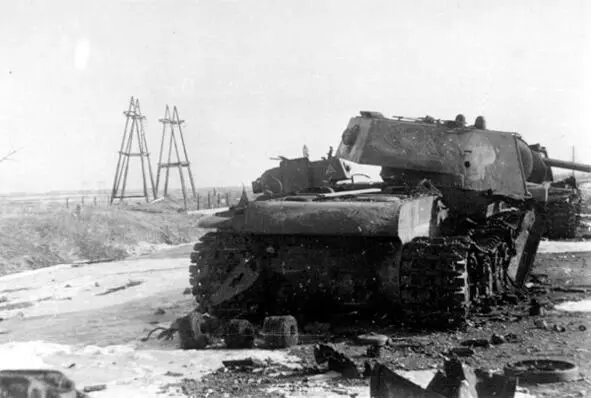
Overwhelmed, probably by a bomb hit, KV-1. The advantage of the Wehrmacht at this stage is high coordination between the branches of the military. As part of the infantry, tank, and other units necessarily have aircraft manufacturers, guiding the Luftwaffe on target.
Читать дальше

















